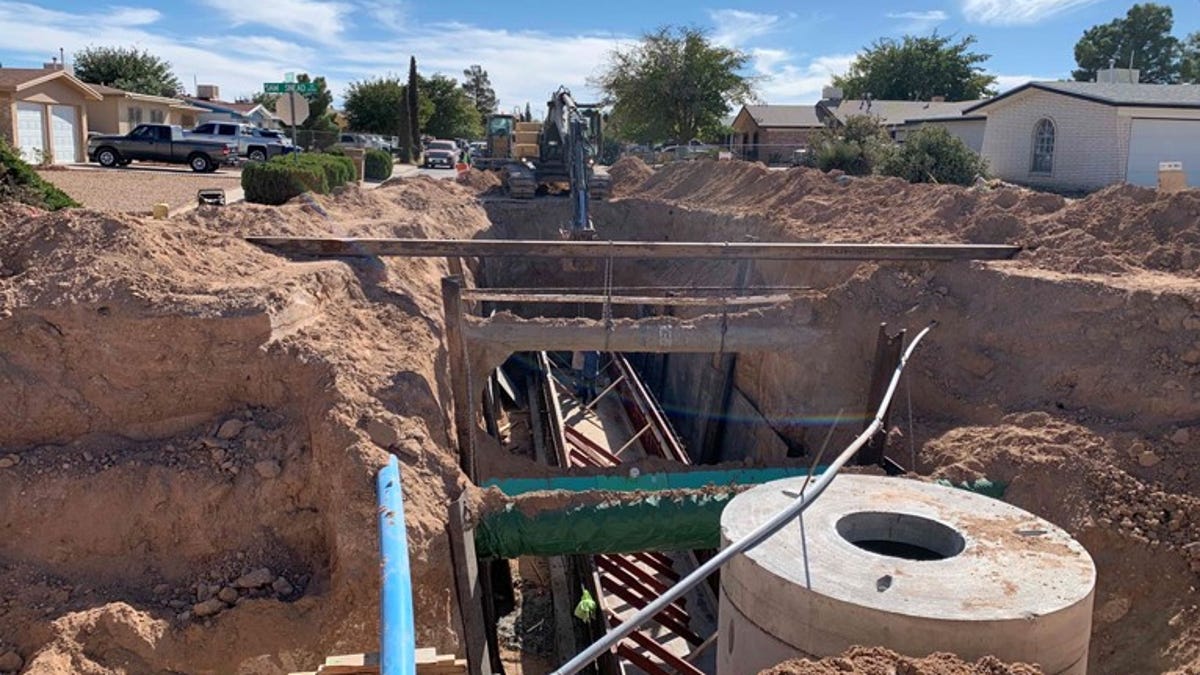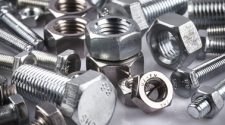Mississippi flooding: Delta farmer races against water, time
Third generation farmer Peyton Potter of has battled backwater and drainage runoff since 2018.
Sarah Warnock and Barbara Gauntt, Mississippi Clarion Ledger
I was recently working in our basement and noted that our sump-pump was cycling several times each hour. It had been silent since midsummer last year due to dry conditions. The fact that it is pumping again indicates that snowmelt and recent rain has restored groundwater to the saturation point at least on our two lots.
Saturated soil can hold no more water regardless of how much it rains. It has to go somewhere. At my house, it filters into foundation drainage tile lines that lie several inches below the basement floor. The tiles drain into the sump-pump reservoir where the water is pumped to my small wetland garden.
The fact that tile lines are draining excess water doesn’t mean that soil above the lines will become dry. Soil has what is called a water-holding capacity. The tiny spaces between soil particles naturally hold some water at its holding capacity but also retain air spaces. Soil at its holding capacity is moist, but not saturated, and will not drain into tile lines. Saturated soil has no air spaces left.
Plant roots can extract water from soil at its holding capacity but cannot grow where water has filled up the air spaces. Drainage tiles remove excess water from the soil to whatever depth the tiles are buried but leave soil above that level at its holding capacity.
Our part of Iowa at the time of settlement was very poorly drained. River and stream systems had only begun to extend their valleys into the poorly drained uplands. Prairie potholes dotted the landscape. These shallow ponds with no clear surface drainage ranged in size from much less than an acre to several acres. Some approached the size of small lakes and might more accurately be called marshes. Most were seasonal and dried out during the summer, but some were more permanent, especially in wet years.
The water level in potholes and streams indicated the level of the groundwater table, the level where the soil was saturated and held excess water. Streams retained their flow much longer even into dry spells back then as groundwater slowly filtered into them through seeps and springs. It took a long time — weeks or even months — for a drop of rain to soak into the soil, become groundwater and eventually reach a stream to be carried away.
The high-water table allowed pioneers to hand-dig shallow wells. Streams sometimes flooded but rose more slowly after precipitation events. Flood crests tended to be lower since the land acted as a giant sponge that released excess water very slowly.
Today our land, including that under my house, throughout our towns, and on most farms, is heavily drained by systems of storm sewers, drainage ditches and tile lines. Significant drainage work began a little over a century ago. Men with tiling spades worked under the hot sun to hand-lay long strings of 3-inch clay tiles “two spades deep.”
The tilers were often digging wet clay. It was back-breaking work that most folks can barely imagine if they haven’t spent time on the end of a shovel. Some ditches were hand-dug, but most ditches had to wait until steam and gasoline power allowed moving larger volumes of soil.
Those sunburned laborers would marvel at today’s tiling machines that can install whole patterned fields of plastic drainage tile spinning off huge rolls in a matter of hours. The level and grade of the tile is controlled by highly accurate GPS systems that ensure water will flow efficiently to the nearest outlet at a stream or ditch. Fields drained in such a manner get rid of their excess water quickly, leaving them ready to be worked.
There’s a price to be paid for today’s urban expansion and field drainage improvements, though. The excess water that used to be held on the land now begins hitting streams in a matter of hours instead of days or weeks. Stream levels flash up to hold all of it, and their velocity increases tremendously.
Stream banks and beds are rapidly eroded. Bridge foundations wash out and have to be armored with steel sheeting and stone rip-rap. Floods are more numerous and higher. More frequent heavy rainfall events exacerbate the situation even further.
It’s clear that we can’t return to the wildlife-friendly days before the land was drained. It’s also clear that we must come up with better solutions for the damage that all the drainage we do is causing. Wetland gardens and stormwater retention ponds are a start. So are a few reconstructed wetlands that have been created in recent years. Sadly, they’re just a drop in a very large bucket of needs. The answers won’t be easy, but we need to work toward them much harder than we have in the past.
















